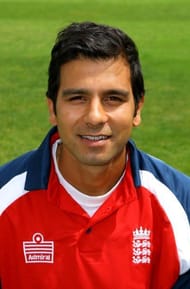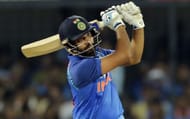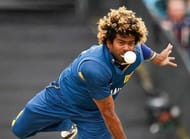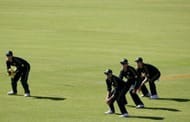
Lots of experimentation has been going on with the 50-over format since the last decade or so, and this format lost a bit of popularity with time, especially with the success of the T20 format.
To attract crowds, Australia started a format with four innings of twenty overs each, and England started a pro 40 tournament, with each side playing forty overs. None of these strategies paid dividends and failed to attract crowds.
Till 1983, ODIs used to be a 120 over contest with each inning of 60 overs, then it was reduced to 50-overs a side. The rules are changing very frequently to make the game more attractive and pull in some crowds. A lot of permutations and combinations took place related to the field restrictions, and a lot was discussed in the ICC meetings related to this format.
At present, the first power play consists of an initial period of 10 overs, with at most 2 fielders outside the inner circle. The second power play is from the 11th to the 40th over, where at most 4 fielders are allowed outside the circle. The third and the last power play is from 41st to 50th over, where a maximum of 5 fielders are allowed outside the circle.
With the number of changes taking place in the ODIs, it's unlikely those things are going to stay the same for a very long time.
The biggest drawback of these rules in ODIs is that the rules are dictating too many things to the fielding captain, hampering their natural decision making, as if, the ICC wants the ODIs to be played in a particular pattern.
The rules that are no longer valid in ODIs are as follows
#1 The super-sub rule

The implementation of the super-sub rule took place in the year 2005. The concept of the super-sub rule was that both teams had to name their playing eleven along with a 12th player known as the super-sub, before the toss. The player who was taken out of the game and replaced by the super-sub would no longer play a role in the game, and the sub will perform his remaining duties. For example, If the replaced player batted before getting replaced then the sub could only bowl in his place and if the replaced player bowled 2 overs before getting replaced, his sub could bowl only the remaining 8 overs of his quota.
This rule was applicable for a very short time and turned out to be extremely advantageous to the team winning the toss. Later this rule was rescinded as it didn't provide much success.
#2 First 15 overs fielding restrictions

The initial fifteen overs field restrictions were in play for a long time in ODI cricket. It was scrapped off after the concept of power play came into effect, back in 2005.
At most, two fielders were allowed outside the inner circle in the initial fifteen overs of an ODI, providing the batsmen with an opportunity to go after the bowling initially.
#3 The batting power play

The batting power play used to be a 5 over period where at most three fielders were allowed outside the inner circle. This Power Play was taken by the batting side, after the initial period of 10 overs or rather the mandatory power play.
This rule was implemented in the year 2005 and was scrapped off in 2015. The concept of batting power play was brought in, to make the middle overs of an inning more exciting, but things were getting monotonous, with the batsmen picking almost 5 singles in an over without much risk, with the fielding side having open fields.
The batting power play almost took the spinners out of the game. With just three fielders outside the circle, hardly any spinner had the confidence to give the ball a bit of air.
#4 The bowling power play

The bowling power play used to be a set of 5 overs, where at most 3 fielders were allowed outside the inner circle. This power play was taken by the fielding side after the initial period of 10 overs. It was implemented alongside the batting power play in 2005 and was scrapped off in 2012, while the batting power play remained till 2015.
It didn't do justice to its name, as the fielding side had no advantage with a maximum of 3 fielders outside the circle and it turned out to be a bit of a burden for the fielding captain to get it out of the way.
#5 Two fielders in catching positions during the mandatory power play of 10 overs.

During the mandatory power play of first ten overs, the fielding side had to keep a minimum of two fielders in catching positions. This was easily the worst rule in ODI cricket, it purposefully wanted to make the fielding captain aggressive, even if he is not intending to be aggressive.
The definition of catching position is very wide, and it is not restricted to close in fielders only. For an attacking player like Virender Sehwag even the man at third-man is a catching position, and for someone like Dilshan and Jos Butler, even a man at fine leg can be a catching position, because of the scoops that they executed so well.
#6 New ball after 35 overs

In 2007, a new rule was introduced, where the ball was changed after 35 overs and was replaced by a new ball. This rule was later scrapped off and replaced by two new balls at both ends from the beginning of the innings.
The new ball after 35 overs gave undue advantage to the batting side as it completely took away the reverse swing and turn towards the back end of the innings, and ensured a flurry of boundaries towards the death.
Looking for fast live cricket scores? Download CricRocket and get fast score updates, top-notch commentary in-depth match stats & much more! 🚀☄️
